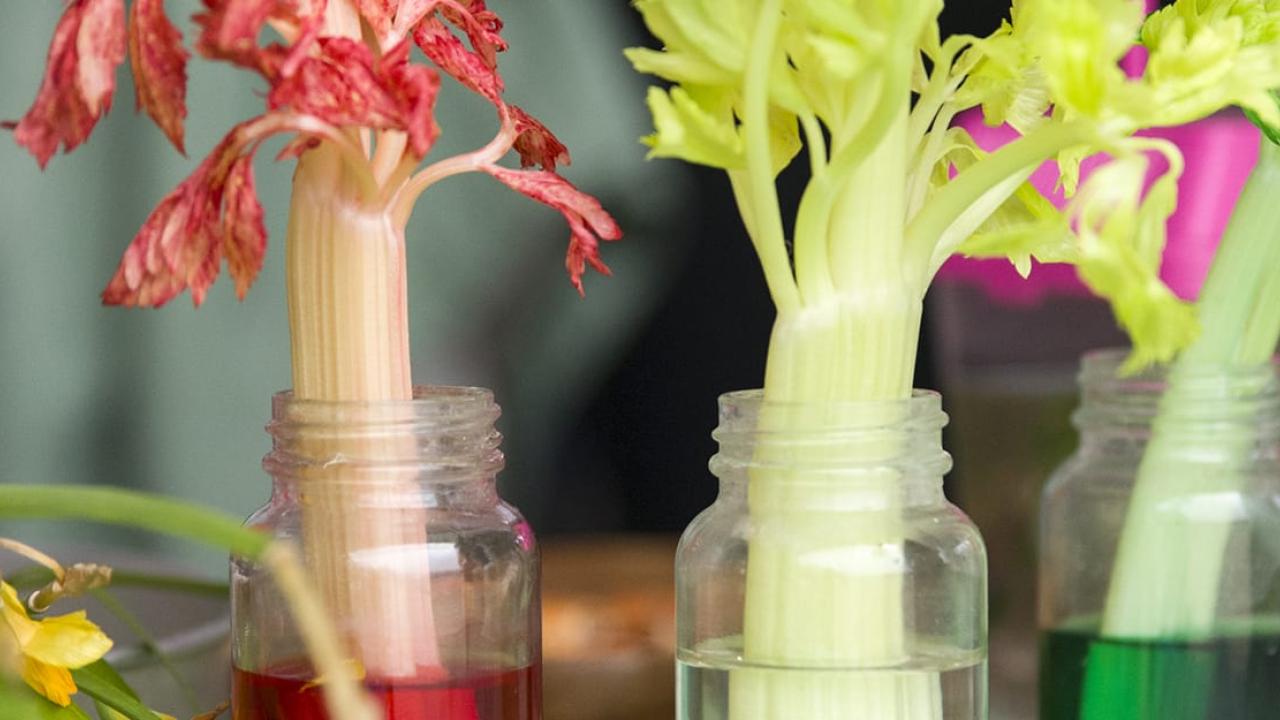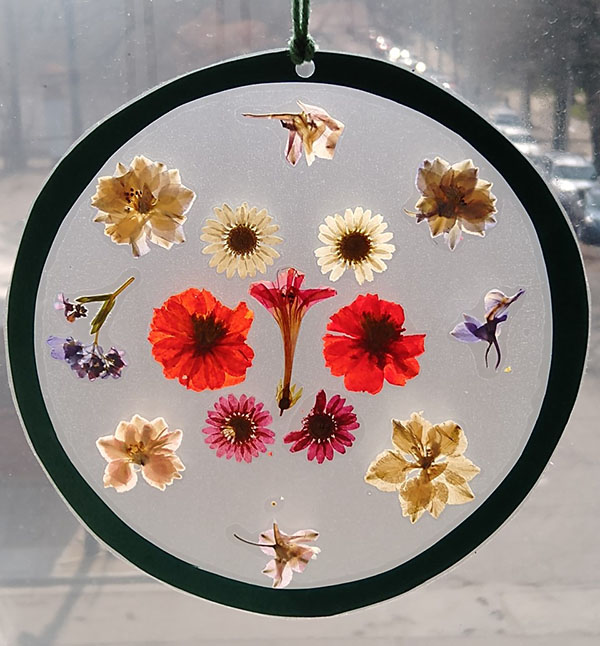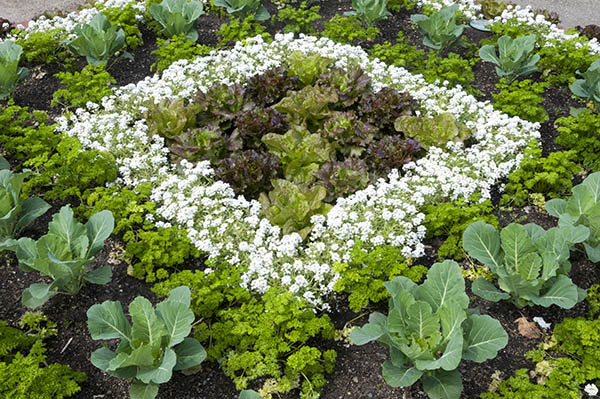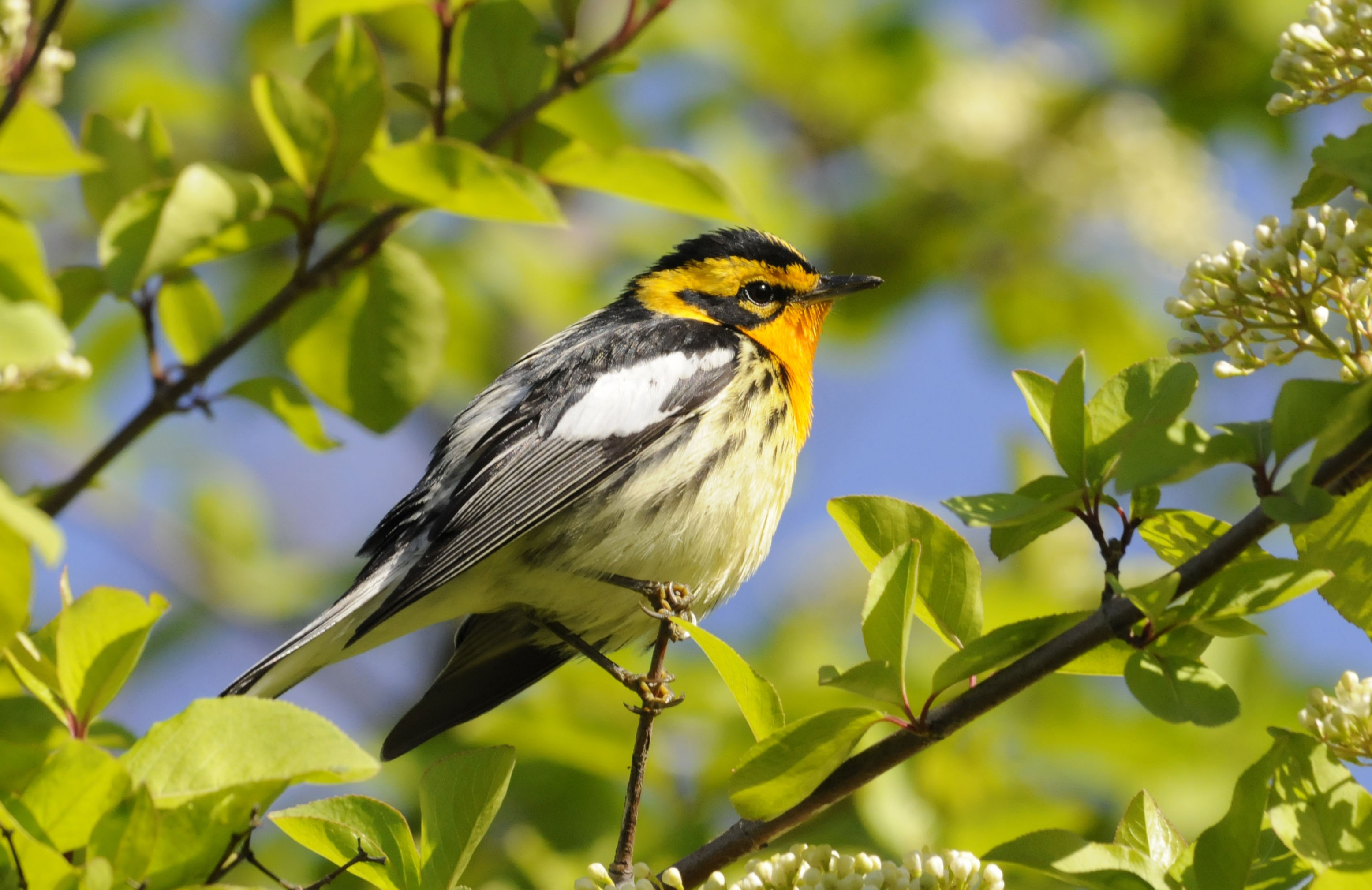

Learning
Garden Stories
The Healing Power of Nature
A cold spring—or, as some of us in the Second City affectionately call it: Second Winter—can test our ability to feel connected to anything living, including each other and ourselves. When we are stuck inside, our mental images of cherry blossoms, tulips, and forsythia, are hit with the reality of the snow outside our windows, causing a short circuitry in our minds and a yearly re-questioning of “Why do we even live here?”
However, small signs of life provide reassurance, even if it’s only a couple inches of daffodil growth bursting through the snowfall’s crust. Using plant-based activities, the Chicago Botanic Garden’s horticultural therapists engage our clients in similar moments of joyful perseverance for their health and well-being, guiding them through to May, when the last frost date finally passes and together we plant sensory container gardens.
In addition to garden prep activities, while learning about topics like community gardens and backyard ecosystems, we hope to inspire our clients to recognize their own capability to sustain these efforts, the benefits of these communities, and the fact that they can have a role in the health of these local systems. Activities often include making sun catchers, learning about square foot gardening, and creating bird feeders.
Pressed Flower Mandala Sun Catchers

Loosely translated from Sanskrit to mean “circle,” a mandala is a symbol that represents wholeness and reminds us of the connectivity of all things in the universe. Mandalas can be found across cultures and religions, from Asia to the Americas. The design is usually patterned levels around a central image, growing from the inside out. Using this framework, we create colorful sun catchers with beautiful, translucent pressed flowers and foliage on contact paper.
To begin the activity, participants must first choose a pressed flower to represent themselves, and place it in the middle of their mandala. The simple task of choosing a flower to represent one’s self can be a restorative process, challenging our participants to reflect on their unique qualities.
With each layer of the mandala they create, participants have the chance to focus their energy and thoughts on the layers of support systems in their lives: their family, friends, and neighborhood. For children, this is an excellent opportunity to conceptualize the many levels of community around them and how they are all interrelated.
Square Foot Gardening and Seed Catalog Banners

Square foot gardening is the practice of planning raised bed gardens in small sections to maximize productivity based on how much space different vegetables need. (For example, you can grow nine beets in a square foot, but only one tomato plant.)
In this activity, participants explore seed catalogs together, becoming familiar with the included information such as cold and heat tolerance, which crops need to be direct sown vs. transplanted, and of course, spacing requirements.
Using this information, participants practice planning community garden beds (roughly 4-by-8 feet) with grid and picture squares of vegetables that include the specific amount of how many can fit in 1 square foot. Afterward, participants are encouraged to cut out photos from the seed catalogs and glue them to pendants to create a banner for their home. The banner acts as a vision board for the upcoming growing season, and adds a splash of much needed color.
There are many educational benefits to designing and planning a garden based on measurement: Next Generation Science Standards of mathematics, information processing, and understanding interdependent relationships in ecosystems are practiced throughout this activity.
Citrus Bird Feeders and Bird Watching

This sensory activity starts with taste-testing oranges and grapefruits (while discussing their nutritional value, of course!). Saving the rinds, we use the leftover halves as cups for birdseed that can be hung in trees and shrubs, preferably in view from a window inside. Discussion includes backyard birds, migration, and bird-watching basics. If the weather cooperates, we go outside to hang the feeders and go “birding,”
Research studies have revealed that children (and adults) can recognize more than 1,000 corporate logos, but only a handful of native backyard species. Without awareness of the interconnected ecosystems around us, how can we protect what we do not know?
However, understanding that plants are “living” can be abstract for many people, particularly in early spring, when signs of life are not as abundant. Alternatively, birds are active, easy to recognize as alive, and make a fascinating study. Birds make arduous migration journeys, often spanning across continents and borders, connecting habitats between communities that might not even be aware of each other.
By studying backyard wildlife (the plants they rely on, and how we can support their habitats), we discover the parallels to our own lives: how we can support each other, fight for healthy environments, and do our part to preserve the green spaces around us.
One of the main tenets that the practice of horticultural therapy is based on is E.O. Wilson’s hypothesis of biophilia: that humans possess an innate tendency to seek connections with nature and other forms of life. No other season embodies this desire more than spring, when we are aching for sunshine and the freedom to connect outside.
While the Garden’s horticultural therapy services team hosts year-round therapeutic plant-based activities, in spring, we engage our participants in the hopefulness of the season and the surprising amount of community and life around us, even when it’s chilly.
Author’s note: I feel like community, while something difficult right now, is also needed and being explored in new and interesting ways.
I thought these activities would be interesting to highlight as ways to feel connected to yourself, your yard, your community/neighborhood, the future… even when you aren’t connected to other people physically.

